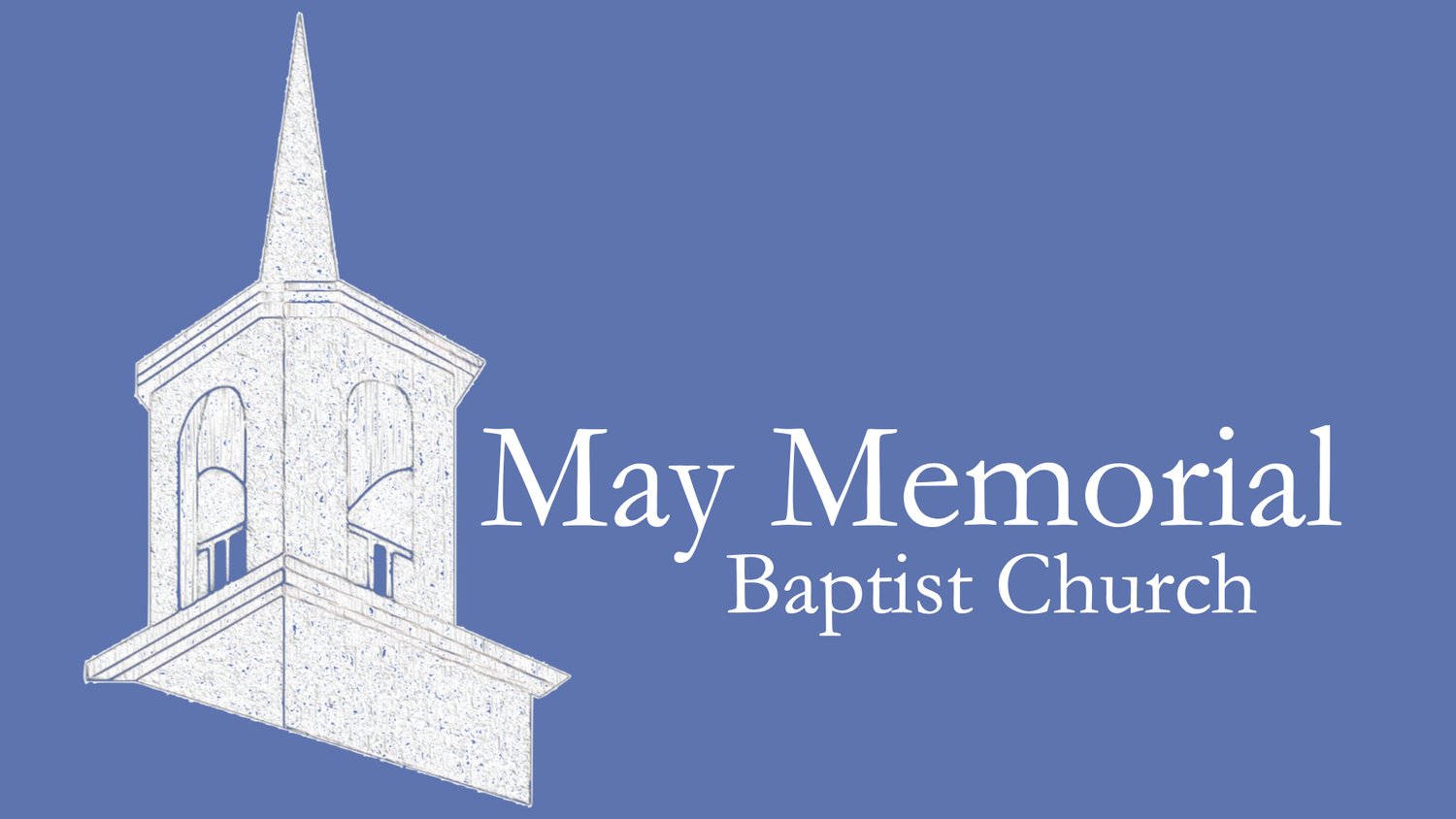In the early 1970’s the author Annie Dillard spent time close to Roanoke and as a result of her time there came Pilgrim at Tinker Creek. It is part spiritual roadmap, part scientific journal, and part geographical narrative of that section of the Virginian mountains and valleys. I have been re-reading this wonderful book over the past few weeks, and there are passages that I read that I can hardly wait to tell someone about. The book is full of interesting facts. She discusses everything from Osage Orange Trees (one of which is in front of Mabel’s Restaurant in the village) to Mantises to the seasons of the year. She talks about the flooding that came to Virginia after hurricane Agnes in 1972, and she talks about how the lights went out in Richmond after this catastrophic event.
Perhaps the strongest theme in Dillard’s scientific/spiritual narrative is the need to slow down, stop, and be aware of what is around you. Early in the book she asks the question of how long it took for the first humans to figure out that the seasons of the year are cyclical. On a winter day they knew it was cold, and on a summer day they knew it was hot. But how long would it take them to put together that there was a regular span of time that separates the cold days from the hot days and the greening of the trees to the dying of the leaves. Of course God told humankind about the seasons, but how long would it take humankind, without God’s instruction, to figure this out.
She also discusses the muskrat. The muskrat is actually very similar to a beaver, only smaller, and is not a rat at all. Dillard had a great desire to see a muskrat swimming down Tinker Creek, but in spite of all of her efforts she was not able to find one. And then, on one particular day, she happened to be standing still at just the right time at just the right place. She was noticing what was going on around her, and she saw one. After this she began to learn where they would appear, and she started noticing them more and more after she got in the habit of finding them. “After that I knew where they were in numbers, and I knew when to look.”
The ability to be still and pay attention is indispensable for the person who wants to know God. God is a God who speaks and appears and interacts with His creatures, but we are so busy and unobservant that we often miss God when God appears in our lives.
As we move toward Summer, churches like ours scale our activities and schedules back a bit. This is in part a response to vacations and family activities, but we also slow down to provide space for rest and renewal. God created us in a way that rest is as essential to work. We are created in God’s image, and after the Creative Week God took time to rest. God’s Son also was in the habit of taking time away, in prayer and rest, to find solitude and renewal in his Father’s presence.
If we do the same, we will experience God’s presence in our lives. It doesn’t come to us by working harder or smarter or trying to keep more rules or keeping up a good effort. What is requires is letting go of the world’s distractions and clearing space so that we may notice God around us.
